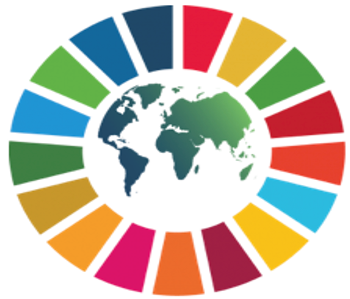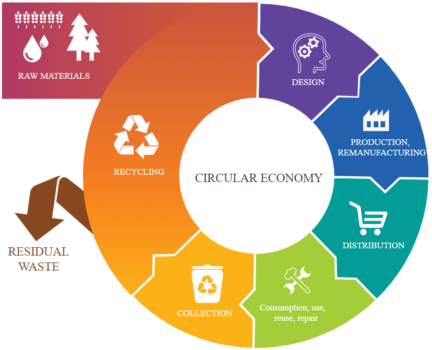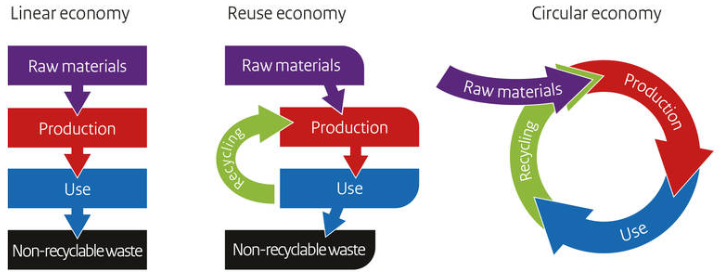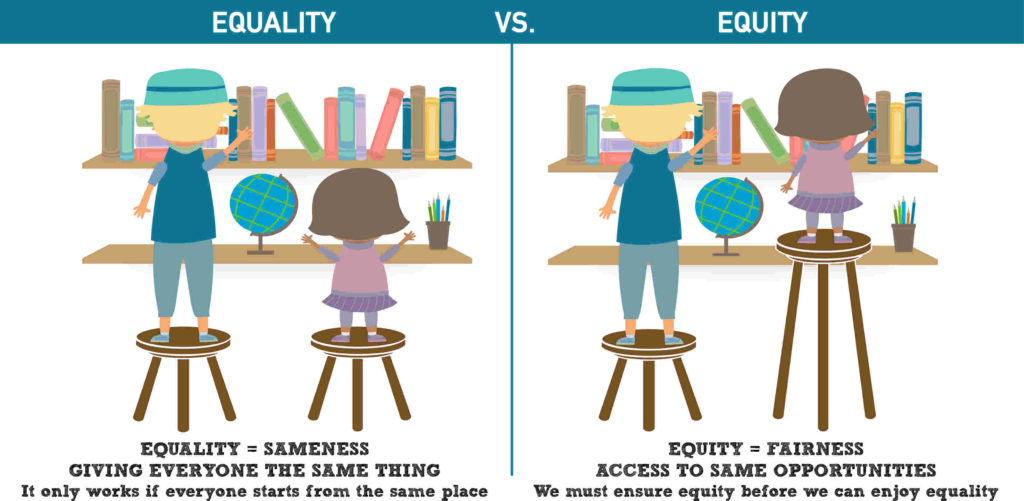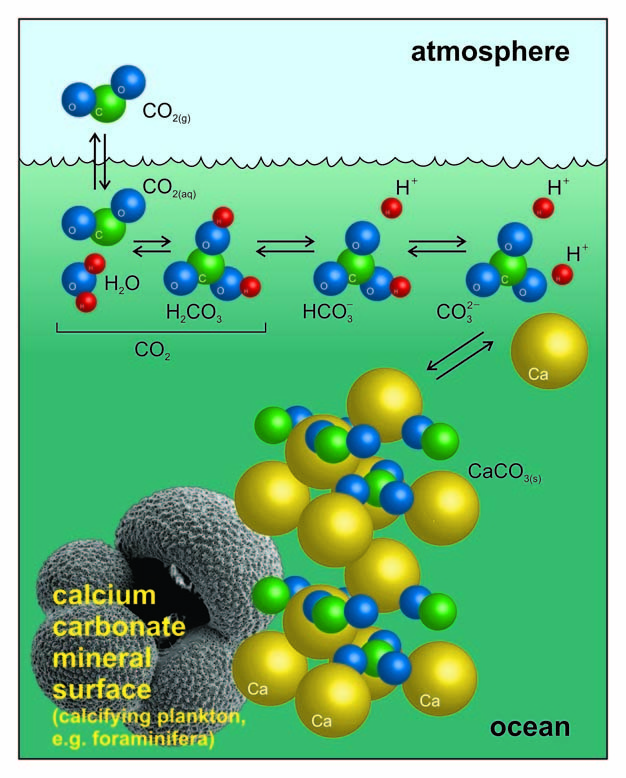── a ──────────────
read more ...
| Afforestation is happening around the Sahara desert with Africa’s Great Green Wall – see our post |  |
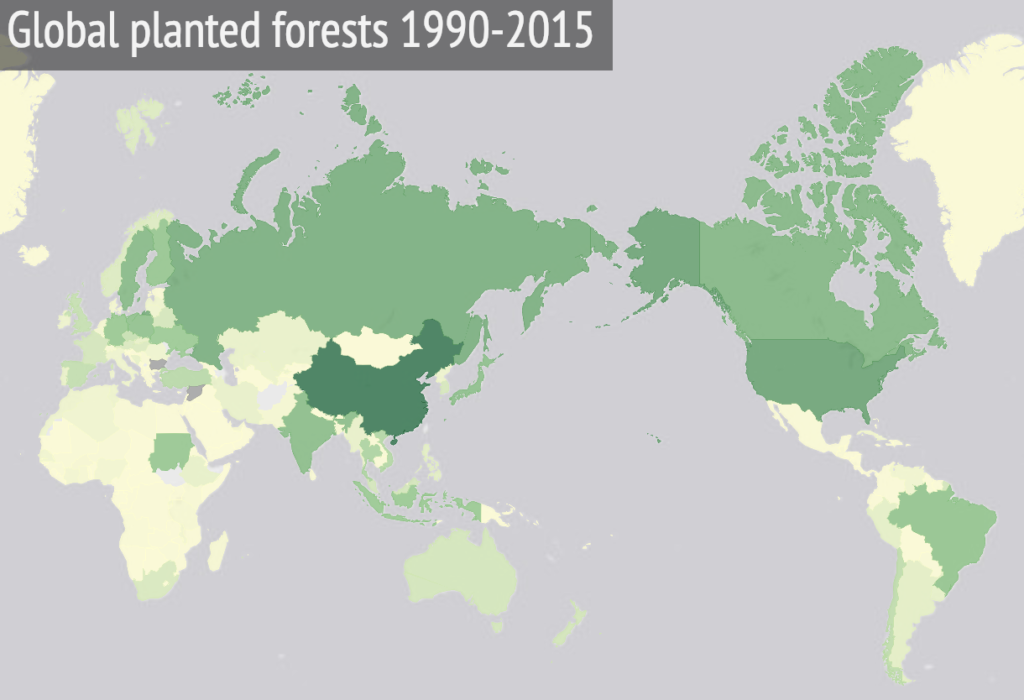 |
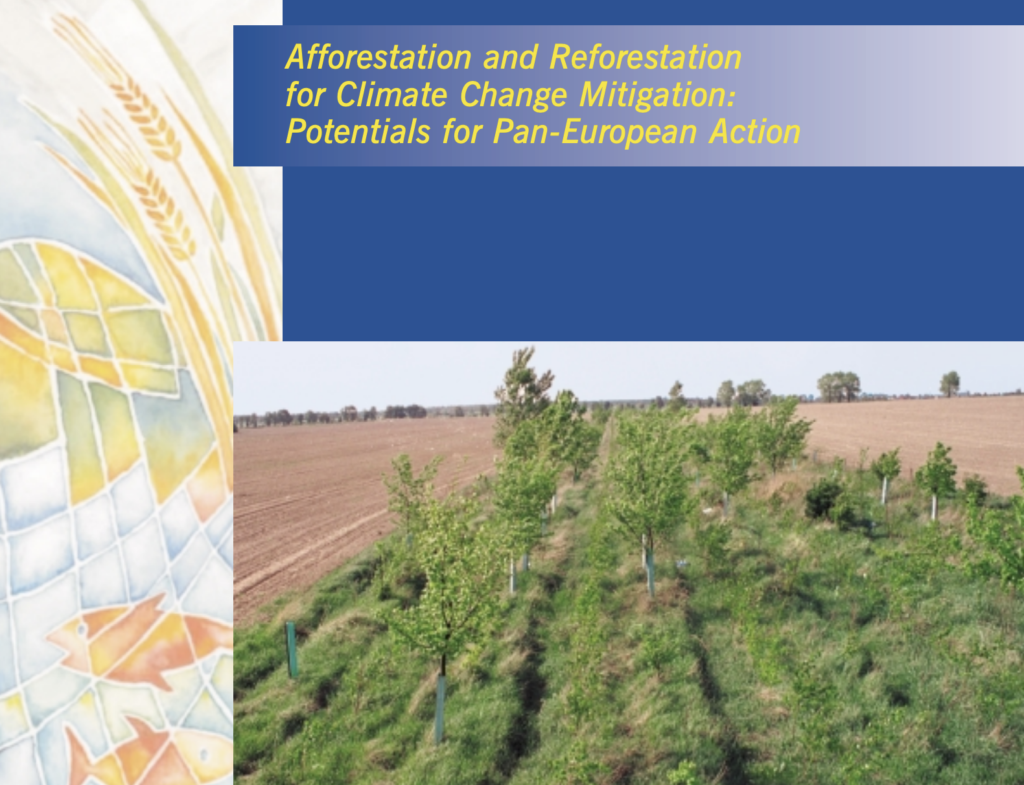 |
── c ──────────────
- global warming ⇓
- rising sea levels ⇐, ⇐, rising sea temperatures
- ocean acidification ⇓
- accelerating ice melt in the mountains, Greenland, Antarctica and the Arctic ⇐
- changing wind patterns (El Nino intensity) and subsequent modification of rain and snow fall and their effects on flooding ⇐, droughts agriculture and food
- deforestation
- shifts in flower/plant blooming times.
Also impacted are biodispersity ⇐, immigration and related problems of ethics, values, democracy, politics and economics.
The origin of all current limate change is ANTHROPOGENIC (relating to a process or result which is generated by human beings) – i.e. people burn fossil fuels and put heat-trapping gases (greenhouse gases ⇓ ) out into the air. (See NASA’s, What’s the difference between climate change and global warming?)
For further information, see Wired 2018, Science & Climate
── d ──────────────
Causes and effects ...
- Overgrazing
- Deforestation
- Farming Practices
- Urbanization and other land development
- Climate Change
- Stripping the land of resources
- Natural Disasters
Effects of desertification are:
- Farming becomes next to impossible
- Hunger
- Flooding
- Poor Water Quality:
- Overpopulation
- Poverty
Read more on desertification at Conserve Energy Future and the United Nations.
── e ──────────────
Technically, the ecological footprint is the impact of human activities measured in terms of the area of biologically productive land and water required to produce the goods consumed and to assimilate the wastes generated. (WWF)
See the Global Footprint Network ⇒ to calculate your ecological footprint.
Economy
[1] Alfred Marshall, Britannica
An economy is the system of a region or a country which organises and manages
[1] Collins The Free Dictionary [2] Lionel Robbins, Britannica
Circular Economy
The Circular Economy (CE) is restorative and regenerative by design and aims
In practice, CE implies reducing waste to a minimum.When a product reaches the end of its life, its materials are kept within the economy wherever possible. These can be productively used again and again, thereby creating further value. [2]
[3] Kenniskarten Re-thinking Progress: The Circular Economy. 28 Aug 2011 Kenniskarten Re-thinking Progress: The Circular Economy. On Youtube, 28 Aug 2014
First, a circular economy aims to design out waste. Waste does not exist: products are designed and optimized for a cycle of disassembly and reuse. These tight component and product cycles define the circular economy and set it apart from disposal and even recycling, where large amounts of embedded energy and labour are lost.
Second, circularity introduces a strict differentiation between consumable and durable components of a product. Unlike today, consumables in the circular economy are largely made of biological ingredients or ‘nutrients’ that are at least non-toxic and possibly even beneficial, and can safely be returned to the biosphere, either directly or in a cascade of consecutive uses. Durables such as engines or computers, on the other hand, are made of technical nutrients unsuitable for the biosphere, such as metals and most plastics. These are designed from the start for reuse, and products subject to rapid technological advance are designed for upgrade.
Third, the energy required to fuel this cycle should be renewable by nature, again to decrease resource dependence and increase systems resilience (to oil shocks, for example). [4]
See also the academic paper, Conceptualizing the circular economy: An analysis of 114 definitions, Kirchherr et al, 2017. [5]
- [1] Towards a Circular Economy: Business Rationale for an Accelerated Transition, Ellen MacArthur Fdn.
The info-filled site locates CE’s origins, case studies - [2] European Parliament
- [3] Kenniskarten Re-thinking Progress: The Circular Economy. A great site exemplifying CE businesses, cities, regions countries; proposes what governments, businesses & citizens can do,
- [4] WEF
- [5] Julian Kirchherr, Denise Reike, and Marko Hekkert, ‘Conceptualizing the Circular Economy: An Analysis of 114 Definitions’, Resources, Conservation and Recycling 127 (1 December 2017): 221–32, https://doi.org/10.1016/j.resconrec.2017.09.005.
Linear Economy
The Linear Economy (LE) relies on large quantities of cheap, easily accessible materials
This means that raw materials are used to make a product, and after its use any waste (e.g. packaging) is thrown away.
But costs to the environment are not accounted for, e.g. nitrogen fertilizers do not factor in the costs of oxygen-depleted “dead zones” in aquatic ecosystems which their runoff produces; chopping down trees in the Amazon basin, Sri Lana or Uganda does not prepare for the increased frequency of disease which insects, displaced by deforestation, cause [4]; coal plants to generate electricity, but pollute the air (SO2, NO2, particles, lead and mercury) and kill people [5], are only now factoring in these costs [6]
Below is a graphic comparison of the linear, reuse and circular economies. [7]
- [1] Eionet European Environment Information and Observation Network
- [2] EcoMENA
- [3] Het Groene Brein (The Green Brain). See this site for scientists helping businesses become sustainable and circular.
- [4] Sharon Chen, ‘Impacts of Deforestation on Vector-Borne Disease Incidence’, The Journal of Global Health, 2015, //www.ghjournal.org/impacts-of-deforestation-on-vector-borne-disease-incidence-2/.
- [5] ‘Mortality Rate Globally by Energy Source 2018 | Statistic’, Statista, accessed 1 October 2018, https://www.statista.com/statistics/494425/death-rate-worldwide-by-energy-source/.
- [6] ‘Air Pollution Deaths Cost Global Economy US$225 Billion’, Text/HTML, World Bank, accessed 1 October 2018, http://www.worldbank.org/en/news/press-release/2016/09/08/air-pollution-deaths-cost-global-economy-225-billion.
- [7] Govt of Netherlands
Energy
Energy has fundamental units of (mass·length^2)/time^2.
- British thermal unit (BTU) =1055 J.
Used to evaluate an air conditioner’s capacity to remove thermal energy per hour from the air (heat in BTUs). [1] Also used to rate heaters, furnaces and ovens.
≡ 1.055 kJ; 0.2522 kcal; 0.0003930 hp hr; 0.0002931 kWh - kilo calorie (kcal) = 4.1855 kJ
(the amount of thermal energy necessary to raise the temperature of one kilo of water by 1°C, from a temperature of 14.5°C, at a pressure of 1 atm). [2]
Food energy is measured in large calories or kilocalories and is written capitalized as “Calories” = 103 calories.
≡ 4.184 kJ; 3.966 BTU; 0.001559 hp hr; 0.001162 kWh - horsepower-hour = 2.6845 MJ. The power needed to lift 33000 pounds 1 foot in 1 minute [=] lb·ft/min; a metric horsepower is 4,500 kilogram-metres per minute (32,549 foot-pounds per minute), or 0.9863 horsepower. [3]
Used to rate cars’ power [4], the thrust of jet engines and rockets .
≡ 2684 kJ; 2544 BTU; 641.4 kcal; 0.7447 kWh. Gasoline gallon equivalent ~ 120 MJ. - kilowatt hour (kWh) = 3.6×106 J (3600 kJ or 3.6 MJ).
Used to rate the use of energy of electrical appliances, eg. a 100 watt light bulb uses 1 kWh if left on for 10 hours (100W·1kW/1000W·1hr = 0.1kWh = 1kWh/10hr).
Other appliance’s consumption of energy is listed in on the napower site. [5]
≡ 3600 kJ; 3412 BTU; 860.4 kcal; 1.343 hp hr
[1] Compact Appliance CA [2] Britannica [3] Britannica [4] Pop Sci [5] napower
Alternative energy
- [1] (a) Alternative Energies & (b) Wikipedia, Alternative Energy,
Clean energy
- [1] (a) Clean Technica, (b) IEA, (c) NCSEA, Clean Energy.
- [2] (a) Alternative Energies & (b) Wikipedia, Alternative Energy
Green energy
An additional point: green energy is a subset of renewable energy. [2]
- [1] Mother Nature Network. [2] EPA, Green Power.
- [3] Our World in Data, How long before we run out of fossil fuels?
Renewable energy
- [1] EPA, Green Power. [2] Wikipedia. [3] Britannica
Renewable energy is not necessarily sustainable:
Large hydroelectric power [1], though it uses water flows which are renewable, can have environmental issues such as effects on fisheries, land use & modification, downstream water-availability, topography, societies and biodiversity as well as political issues such as food-security, water-rights, displacement of valley inhabitants and, on an international scale, conflict over which country gets to use how much of the hydroelectricity (eg. Brazil vs Paraguay issue [2], Egypt vs 11 African nations [3] ). Not to mention using vast amounts of concrete, the production of which is a principle sources of CO2-emissions.
Nuclear fission could be sustainable, but it’s not renewable; nuclear fusion of hydrogen, if it ever is developed, might well be sustainable AND “renewable”. <refs ?
- [1] WEF (World Economic Forum)
- [2] Pambazuka News Hydropower politics: The struggle for control of the world’s longest river
- [3] TriplePundit Planet, People, Profit, World’s Largest Hydroelectric Plant Drowning in Political Tension
Sustainable energy
Among such sources is: the Sun (solar energy), wind (wind power), rivers (hydroelectric power), hot springs (geothermal energy), marine (tidal and wave power), and biomass (biofuels). [2]
- [1] Wikipedia, Sustainable Energy [2] Britannica, Renewable Energy
Equality aims to ensure that everyone gets the same things in order to enjoy full, healthy lives, [3] and therefore it aims to “leveling the playing field.” [4]
Equity involves trying to understand and give people what they need to enjoy full, healthy lives.
Equity is associated with “equality of opportunity” [3] and “equality of outcome”.
If, say, a job is open to all (formerly called “equal opportunity”) and the selection procedures identifies the best-qualified candidates, “equality” is not a sufficient condition to ensure fairness and justice, else it would permit differences in people’s social circumstances—such as the economic class, culture, family into which they were born, or their sex or hair color— to have too deep an impact on their prospects.
The underlying motivation of the ideal of equity (equality of opportunity), is to counteract the effects of people’s different natural and social circumstances while permitting inequalities of condition that emerge because of their choices. On that basis, some have argued that inequalities arising from differences in choice are not only just but necessary, to give personal responsibility its due. That view is sometimes described as luck egalitarianism. [3]
Luck egalitarianism is a combination of two different claims: first, that justice requires the neutralization of the effects of differences in people’s circumstances, and, second, that it is just to require people to bear the costs, or allow them to enjoy the benefits, of their voluntary choices. In making those claims, luck egalitarianism invokes a distinction between choice and circumstance, or between brute luck and “option luck.” [3]
── g ──────────────
For more information, see Merriam-Webster, Cambridge, Britannica
fosters economic growth and development, while ensuring that natural assests continue to provide the resources and environmental services on which our well-being relies. See further information ...
- Be realistic in accepting, as most green economy proponents do, that growth of some kind will continue, but rethinking and redefining it is essential. This involves recognising that richer is not always happier; status competition is socially and ecologically harmful; and GDP and income are narrow measures of well-being.
- Recognise Economic and political inequality. Equitable growth is less damaging and more ecologically responsible. Inequality leads to more consumption; insecurity; and a harmful erosion of social trust, capital, and the capacity for collective action.
- Beyond rethinking what growth means, be “indifferent or neutral about it” in evaluating goals and developing strategies. Rather than call for overall d growth, we should focus on economic activities and sectors such as fossil fuels, scroll, large-scale Agricultural, and others with selective de-growth.
- Build the concept on the irreplaceablity of ecological assets and services, for their own sake as well as their economic value. The ecological economics provides a basis for doing this, but it would help allay concerns of criticss if there were a greater appreciation of ecological goods on their own and not just for their instrumental value.
- Recognise directly that business greening though eco-efficiency and Innovation is necessary but inefficient. Government plays a role by putting a price on carbon, reforming subsidies, linking policy across sectors, reorienting Investments, promoting new technologies, pricing resources effectively, and other measures.
For further information, see:
- OECD (it help deliver sustainable development, its aims),
- Green Growth Knowledge platform
- Green growth indicators from the UN
[1] Daniel J. Fiorino, A Good Life on a Finite Earth: The Political Economy of Green Growth (Oxford University Press, 2018), http://www.oxfordscholarship.com/view/10.1093/oso/9780190605803.001.0001/oso-9780190605803.
are those gases in the atmosphere, both natural and anthropogenic, that absorb heat from the earth's surface and atmosphere. This property is the fundamental cause of global wariming.
The primary greenhouse gases in the Earth’s atmosphere are water vapour (H2O), carbon dioxide (CO2), nitrous oxide (N2O), methane (CH4) and ozone (O3). Moreover, there are a number of entirely human-made greenhouse gases in the atmosphere, such as the halocarbons and other chlorine- and bromine-containing substances, dealt with under the Montreal Protocol. Beside CO2, N2O and CH4, the Kyoto Protocol deals with the greenhouse gases sulphur hexafluoride (SF6), hydrofluorocarbons (HFCs) and perfluorocarbons (PFCs).
Greenhouse gases do have a useful role: without them, the average temperature of Earth’s surface would be about −18°C (0°F) (NASA), rather than the present average of 15°C (59°F).
── l ──────────────
- embodies commitments to individual liberty, economic freedom, the free exchange of ideas and international coalition-building (Oxford Manifesto, 1947)
- is a political doctrine that takes protecting and enhancing the freedom of the individual to be the central problem of politics. Liberals typically believe that government is necessary to protect individuals from being harmed by others, but they also recognize that government itself can pose a threat to liberty. (Britannica)
The problem, then, is to devise a system that gives government the power necessary to protect individual liberty but also prevents those who govern from abusing that power.
See The literature of liberalism in the Economist.
── o ──────────────
It affects many aspects of life, e.g. the shells of oysters, calms, sea urchins, coral and plankton cannot form, or they dissolve, since high pH solubilizes CaCO3, the stuff these shells are made of.
See the National Geographic’s article on Ocean Acidification.
── p ──────────────
Politics
Capitalism
For further information, see:
- Merriam-Webster, Cambridge,
- the balance for pros & cons
Communism
For further information, see:
- Merriam-Webster, Cambridge, Britannica
- the balance for pros & cons
Social democracy
- political ideology that originally advocated a peaceful evolutionary transition of society from capitalism to socialism using established political processes.
- a political ideology in which state regulation, rather than state ownership, of the means of production and extensive social welfare programs (Britannica) within the framework of capitalism (wiki)
Socialism
For further information, see:
- 1 Cambridge (Socialism vs Capitalism)
- 2 Britannica (origins of Socialism), Merriam-Webster (Socialism vs Social Democracy)
- the balance for pros & cons
── r ──────────────
Lower costs lead people to consume more goods or services. Thus policies to reduce population, consumption, affluence and energy intensity are not sufficient to reduce impact. Some examples:
| Examples | Solutions |
| o Fuel efficient cars can lead to more driving that off sets the advantages of greater energy efficienty. | Implement policies to reduce behavior that uses energy, eg. tax distances driven over a certain threshold. |
| o Renovation and insulation can reduce heating costs. Because their energy costs decrease, users may heat more and therefore raise energy consumption | Engage tenants to energy savings: install indicators of electricity use; install temperature and humidity indicators in each dwelling or room. |
References:
- The Sufficiency Strategy: Would Rich-World Frugality Lower Environmental Impact ?” Alcott, Blake, Ecological Economics 64(4), DOI 10.1016/j.ecolecon.2007.04.015.
- Tenant engagement: two solutions to avoid rebound effects in energy efficient refurbishment projects
- See also Wikipedia, Rebound Effect
── s ──────────────
Sustainablity
- ecolgical
- economic
- social
Sustainability is the long-term viability of a system, community, set of social institutions, or societal practice, in particular to maintain the integrity of ecosystems and the well-being of future generations.2
1 WEF (World Economic Forum). 2 Britannica (forms of sustainability and how to create a sustainable future)
See more in Sustainability simply explained ⇐.
Sustainable development
Sustainable development seeks to achieve, in a balanced manner, economic development, social development and environmental protection. (UN)
See more in Sustainability simply explained ⇐.
── w ──────────────
Well-being
Measure What Works, a site, simplifies and says, Well-being is ‘how we’re doing’.
The Center for Disease Control [2] notes that the quality of well-being and “being well” characterises a person who judges life positively and feels good.
It concerns the quality of people’s relationships, their positive emotions and resilience, the realization of their potential, or their overall satisfaction with life. It generally includes global judgments of life satisfaction and feelings ranging from depression to joy.
The CDC interestingly further examines “well-being” broadly and beyond “physical well-being” (feeling very healthy and full of energy, which are essential for well-being) and touches on aspects of well-being which address economic well-being, social well-being, emotional & psychological well-being, life satisfaction and engaging activities and work, amongst other of its features.
Well-being is also discussed [4] as “what’s ‘good’ for a person”, in a moral and ethical sense (Welfarism, Well-being and Virtue), considering utilitarianism (maximizing well-being) and theories of well-being (Hedonism, Desire Theories, Objective List Theories)
